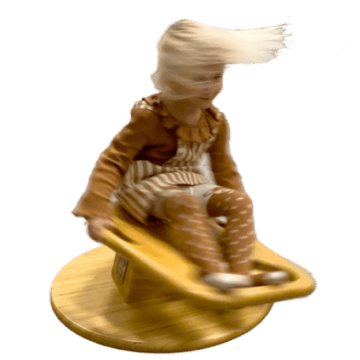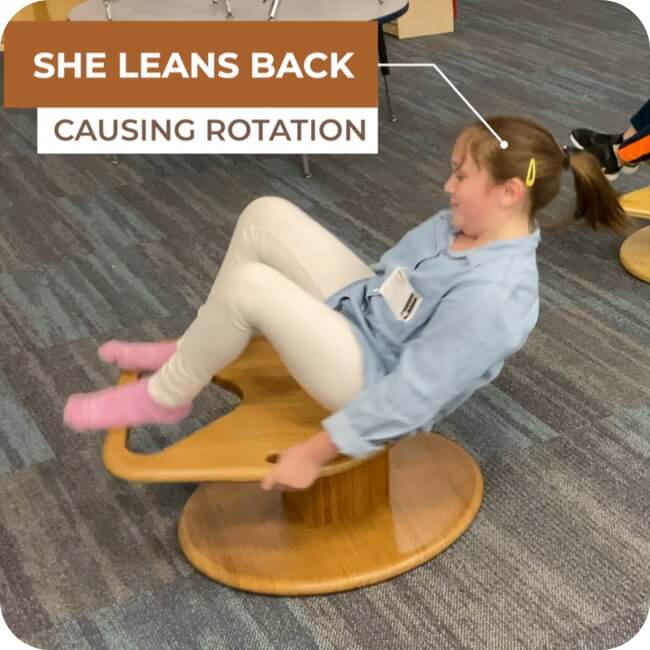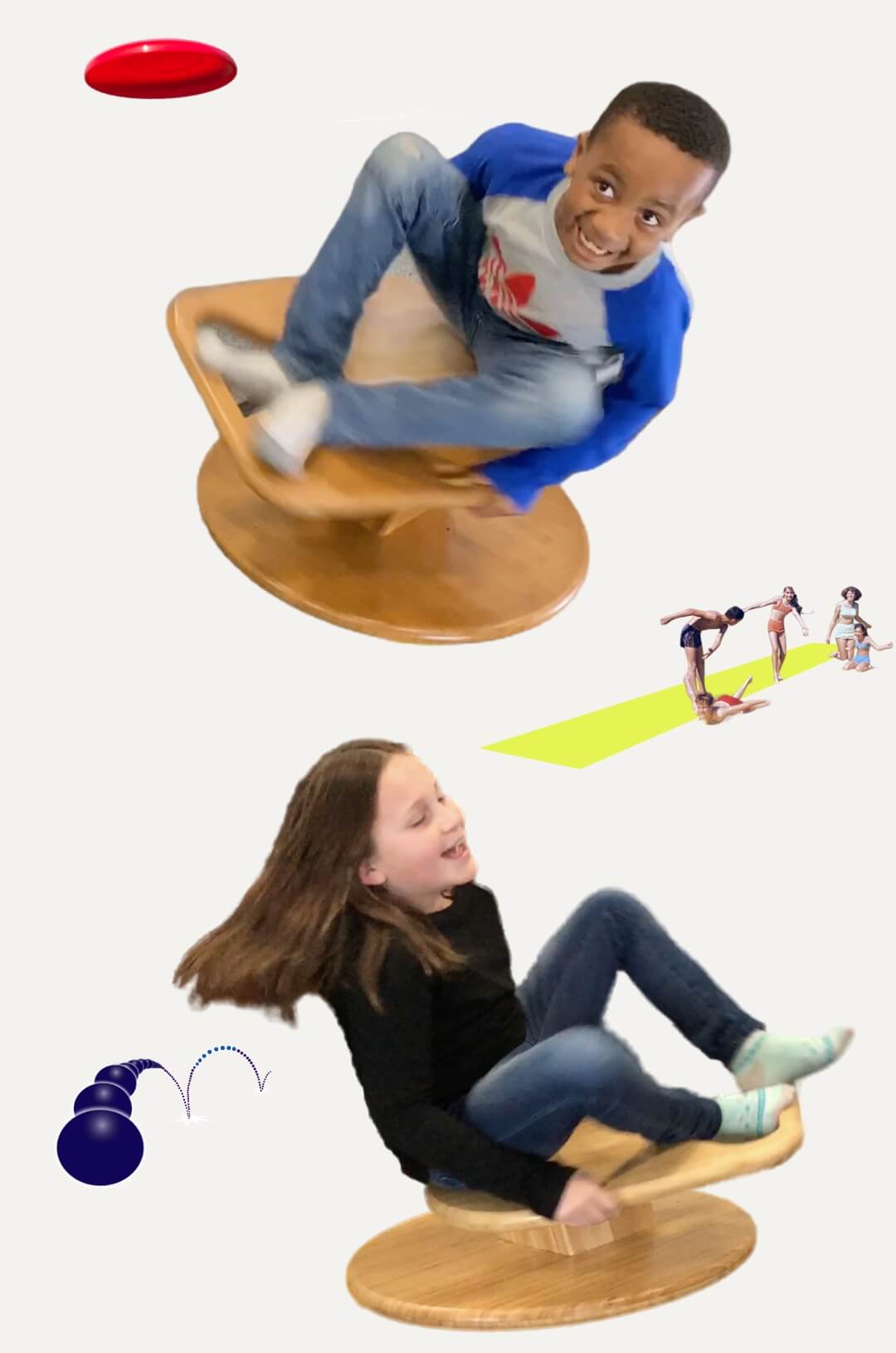UNBELIEVABLE SPINS, TRUE SCIENCE
How Kids Make WhirlyGoRound Zoom!
It’s unbelievable but true—kids make the WhirlyGoRound spin with just their moves! Click the video to watch a girl twirl slowly, then zoom faster and faster. By leaning back and pulling forward, she shifts her “balance point” to start the spin, like revving up a rocket. Her grip on the handles and feet on the footrest keep her steady, balancing the push and pull of spinning forces. This physics magic turns wiggles into whirls, making every spin a thrill!
Spin Like Magic: The Physics of WhirlyGoRound
Designed for Fun Forces
Three clever parts team up to create the twirling adventure kids love.
Sturdy Base: This solid foundation keeps WhirlyGoRound steady, so kids can spin safely without tipping over. Physics fact: A wide base uses stability to keep the fun going!
Comfy Seat with Handles and Footrest: Kids sit snugly, grip the handles, and rest their feet while they twist and turn. By shifting their body, they control the spin—physics in motion, powered by them!
Smooth-Spinning Core: A special spinning part (called a bearing) makes the seat twirl with just a tiny push. It reduces friction—that’s the force that slows things down—so kids can spin fast and free!
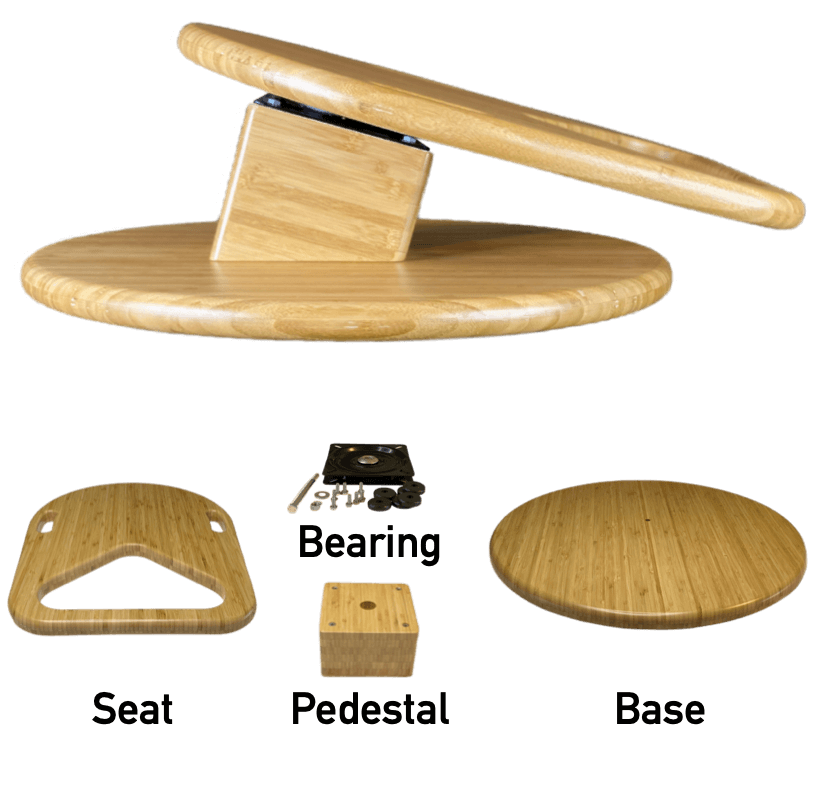
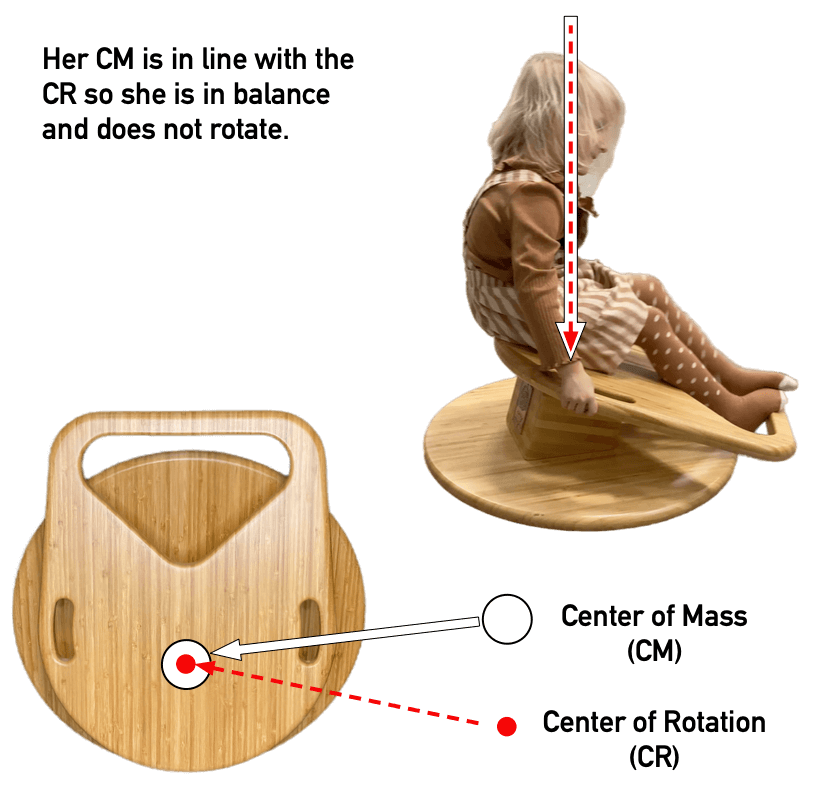
Shift and Spin: The Magic of Balance!
How Kids Control the WhirlyGoRound
Ever wonder how kids make the WhirlyGoRound spin like magic? It’s all about balance—and a little physics fun! Picture a child sitting on the WhirlyGoRound, as shown in our image. Their body has a special “balance point” (like their center of gravity) right in the middle. When this point lines up with the seat’s spinning center, they sit steady, no twirling yet. But here’s the cool part: when they lean or shift their body, that balance point moves, and—whoosh!—the seat spins! This physics trick lets kids control the speed and fun with every wiggle.
tilt and whirl
Ready for some spinning magic? When a kid leans back on the WhirlyGoRound, as shown in our image, they’re using physics to start the fun! By tilting their body, they shift their “balance point” (like their center of gravity) away from the seat’s spinning center. That tilt makes them “slide” toward the spin, kicking off a twirl—clockwise or counterclockwise, depending on their lean. It’s like a playground slide powered by gravity! This motion turns stored energy (like a wound-up spring) into spinning energy, making the seat whirl. Kids control it all with a simple lean, proving physics is awesome.
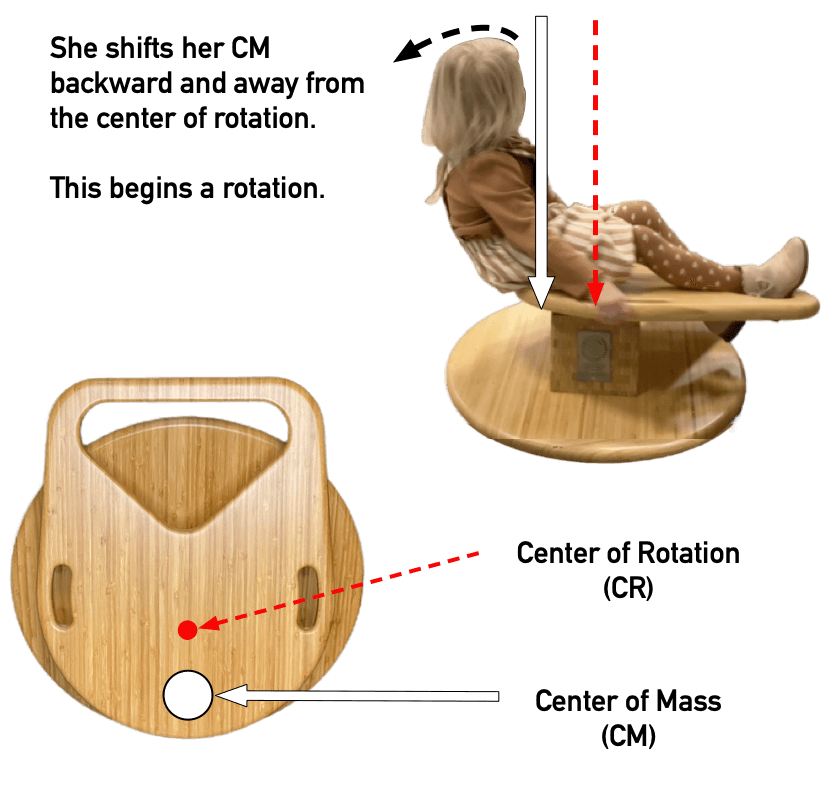
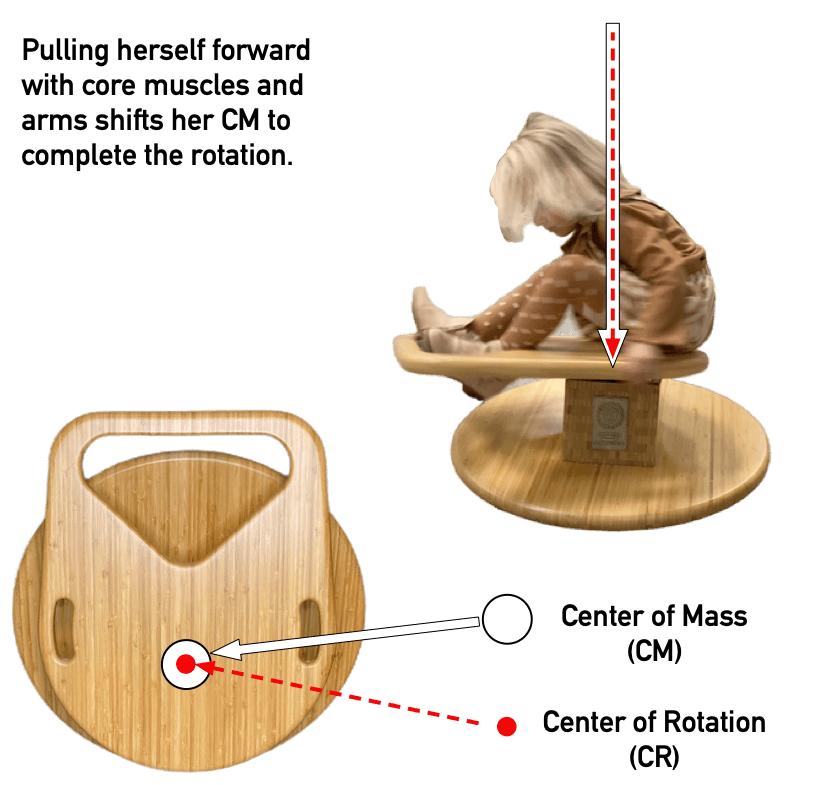
Pull and Spin: Keep the Twirl Going!
How Kids Power Full Spins
The WhirlyGoRound’s spinning magic never stops! As shown in our image, when a kid pulls themselves upright, their “balance point” (like their center of gravity) lines up with the seat’s spinning center. This move adds a burst of energy, like giving the spin a turbo boost, to keep twirling all the way around! By leaning back and pulling forward again, kids create a fun cycle—tilt to start the spin, pull to keep it going. It’s physics at play, turning their moves into endless whirls.
MAGIC IN MOTION
How Wiggles Store Spin Energy
As shown in our image, when a girl leans back, the WhirlyGoRound’s tilted seat lifts her up a bit, storing energy like winding a toy spring. When she pulls forward, that energy bursts free, turning into a twirling spin! Each wiggle back and forth stores and releases more energy, keeping the fun going. It’s science powering every whirl!
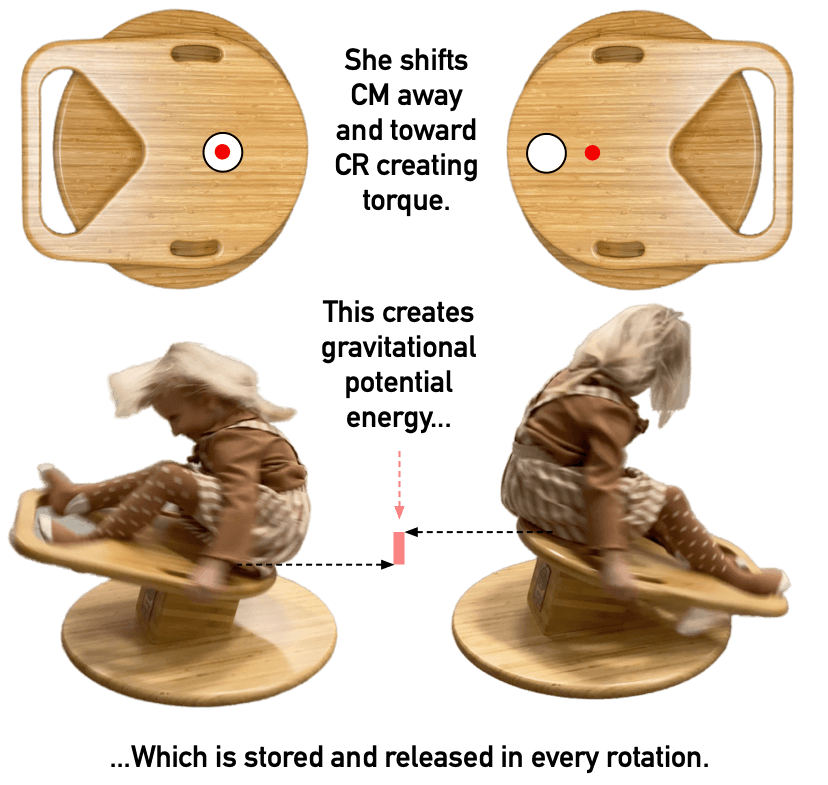
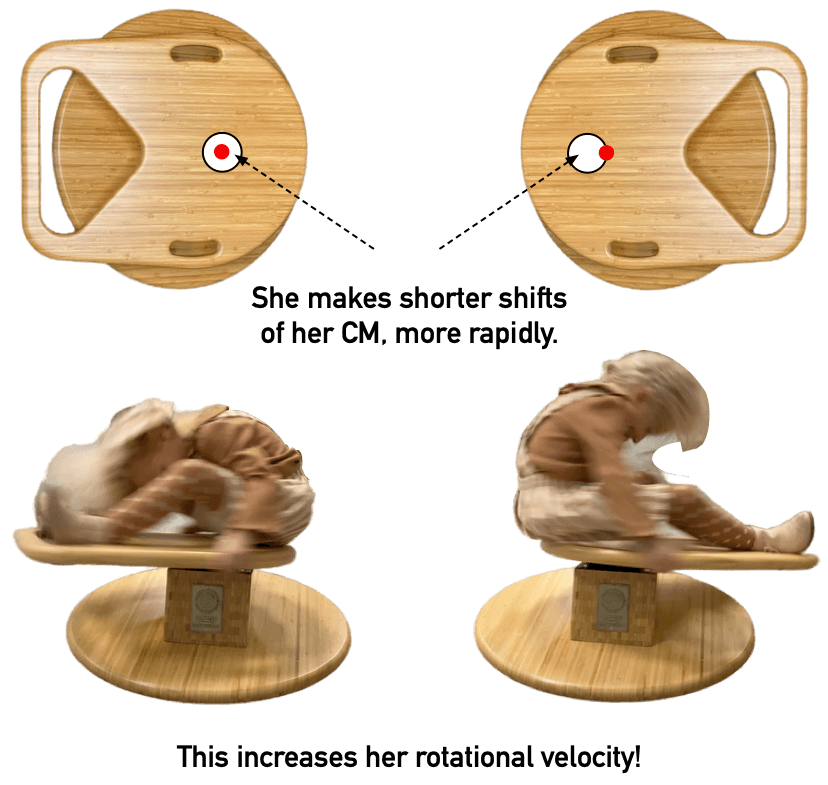
Zoom Faster: Spin Like a Pro!
How Kids Speed Up the Twirl
Want to spin faster? It’s pure physics magic! As shown in our image, kids lean back and pull forward, rocking back and forth in quick, short moves. Each tilt and pull adds a burst of energy, like revving up a race car, making the seat whirl faster and faster. The WhirlyGoRound’s clever tilt turns their wiggles into super-speed spins, powered by science! Kids feel the rush as they zoom, learning physics with every twirl.
Spin Smoothly: Forces in Harmony!
Why Kids Spin So Easily
Spinning on the WhirlyGoRound feels like magic, but it’s science holding kids steady! As shown in our image, two forces team up like dance partners. One force tries to push the child outward, but their grip on the handles, feet on the footrest, and seat-hugging weight pull them back to the spin’s center. This perfect balance lets kids whirl smoothly with just a wiggle—no hard work needed! It’s physics making every spin a breeze.
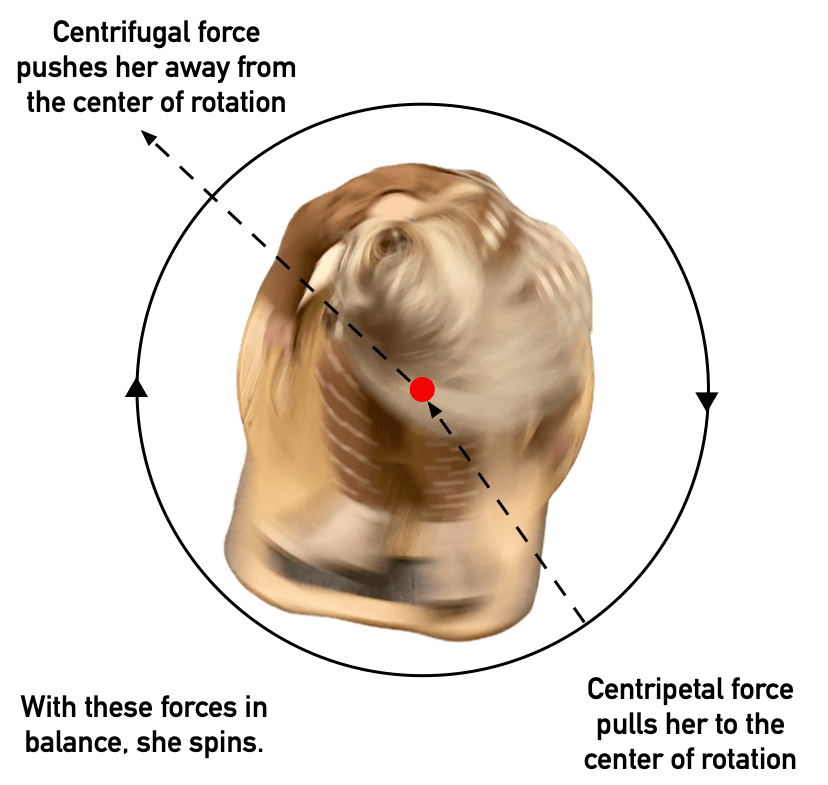
Physics of the Hula-Hoop™
Funomenal FUN!
Physics-Powered Joy for Kids
Remember the thrill of tossing a Frisbee®, bouncing a Super Ball®, or zooming down a Slip 'n Slide®? Recapture that childhood magic with WhirlyGoRound! Created by the toy geniuses Spud and Rich, WhirlyGoRound turns physics into “Funomenal Fun.” Kids twirl fast or slow, powered by their own moves, just like a Hula Hoop® defies gravity or a Frisbee® soars. The science makes it smooth, but the giggles make it unforgettable. Spark your child’s imagination with WhirlyGoRound’s physics-powered joy!
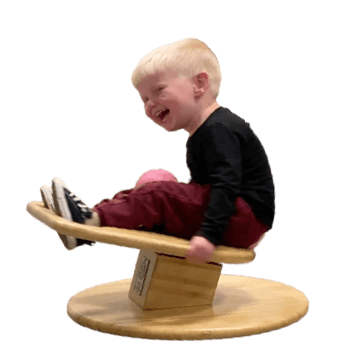

Fostering development of children's God-given abilities through physically active play.
"Let the little children come to me, and do not hinder them, for the kingdom of heaven belongs to such as these." Mathew 19:14
